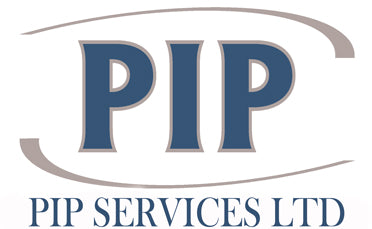In a workplace, one of the most important aspects of health and safety is to identify potential hazards. With hazard identification, the goal is to recognise situations of conditions that may potentially cause:
- Harm.
- Injury.
- Illness.
With a meticulous approach to this, employers can put control measures in place to minimise risk and create a safe, productive working environment. The purpose of this page is to shine a light on the process of hazard identification, exploring different types of hazards and providing insights into classifying and managing them.
Understanding Hazard Identification
Hazard identification is the foundation of risk management and should form part of any robust risk assessment. The basic idea is to identify and assess potential sources of harm and determine the severity of the risk they pose. By doing this, employers can prioritise certain hazards and allocate a proportional amount of resources to mitigate those risks.
Effective hazard identification requires a strong understanding of things like:
- The workplace environment.
- Day-to-day operations.
- The relevant regulations.
Types of Hazards
Different work environments have different types of hazards that need to be mitigated. Here are some common ones.
Chemical Hazards
Generally speaking, these arise from exposure to harmful substances like corrosive chemicals, flammable materials and toxic gases. Some common examples of this include:
- Asbestos.
- Lead.
- Solvents.
- Pesticides.
The control measures you might implement after identifying these hazards include storage regulations, comprehensive handling procedures, and the use of personal protective equipment (PPE).
Biological Hazards
These types of hazards arise from exposure to living organisms, or by-products of them. They might include bacteria, viruses, fungi, parasites and more. Common sources of these threats include:
- Contaminated food.
- Bodily fluids.
- Infectious agents.
There are various control measures for these, but they often include rigorous hygiene practices, vaccination programs, and waste management protocols.
Physical Hazards
Certain environmental factors or workplace conditions may result in physical hazards that might cause harm without direct contact. For example, noise may damage the ears, temperature extremes could lead to ill health, and moving machinery could cause injury.
Control measures you can put in place for these things include:
- Engineering controls.
- Administrative controls.
- Personal protective equipment (PPE).
Ergonomic Hazards
Things like poor workspace design, repetitive tasks and awkward body postures can lead to long-term harm like musculoskeletal disorders. Things like improper lifting techniques, inadequate workstation setup, and long periods of sitting can all be bad for health.
If these hazards are identified, control measures may include:
- Training on proper lifting techniques.
- Ergonomic workstation modifications.
- Ergonomic assessments.
Psychological Hazards
The mental well-being of employees is important, and it can be harmed by things like:
- Workplace stress.
- Bullying.
- Harassment.
- Traumatic experiences.
Conflict with colleagues, job insecurity and high-pressure work environments should all be avoided. If you identify these issues, you will need to consider control methods like cultivating a supportive work culture, offering counselling and implementing stress management measures.
After the Hazard Identification
Once hazards are identified, good practice is to conduct a risk assessment. This will evaluate the likelihood and severity of potential harm. Risk assessments split hazards into a hierarchy based on the perceived level of risk, helping you prioritise certain hazards for control measures.
Why choose PIP Services for your health and safety consultancy?
We’re dedicated to providing the highest level of advice on all Health and Safety related matters and will assist companies in meeting their obligations. We offer a wide range of Health & Safety Services for a variety of clients. We represent many companies and deal with all of their Health & Safety matters.
We’re also an accredited CITB, NEBOSH, IOSH, IWFM & CITB training provider, as well as a ProQual-approved NVQ centre.
We also offer a business partnership programme offering a NVQ Level 6 Diploma in Occupational Health & Safety & NEBOSH General Certificate to help you become a health and safety consultant.
We are rated 4.9/5 on Trustpilot, and you can read our reviews here. If you would like to speak to us about your training needs, please get in touch using the button below.

